Poor drainage can create annoying problems in your yard that can diminish its appearance and limit your family’s outdoor enjoyment. But some drainage problems can create more than just an eyesore. If not properly dealt with, they can cause serious damage to your home and yard. When pooling water is significant, even some drains aren’t enough to fix the problem. If this is the case for your yard, you may need to consider regrading it.
What is Regrading?
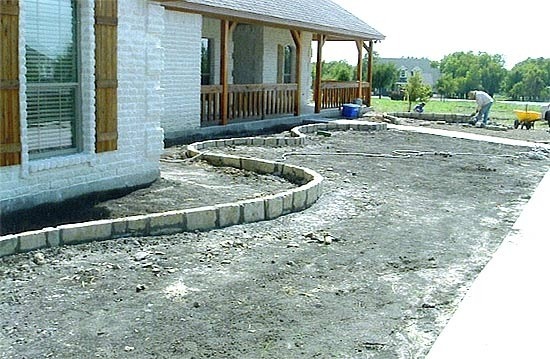
Also referred to as yard or lawn leveling, regrading is the process of leveling out land to allow for the proper drainage of water. Low spots or sloping yards can cause water from rain or irrigation systems to pool or runoff, often toward the home. When done correctly,
What’s the Big Deal?
You may be looking at your yard and noticing uneven surfaces that have been there for as long as you can remember. So, what’s the big deal? When a yard is not properly graded, it can wreak havoc on your plants, trees, grass, and worse, your home itself. Water pooling around your home can cause significant damage to its foundation. Cracks or shifts in the foundation can create serious structural problems. Likewise, homeowners who are installing new landscaping, hardscaping, or a swimming pool will want to regrade their yard so they can begin the project with a level surface. For example, the installation of a new lawn with sod requires a level surface to ensure proper growth.
Signs Your Yard Might Need Regrading
There are several signs to look for when considering if your yard needs to be regraded:
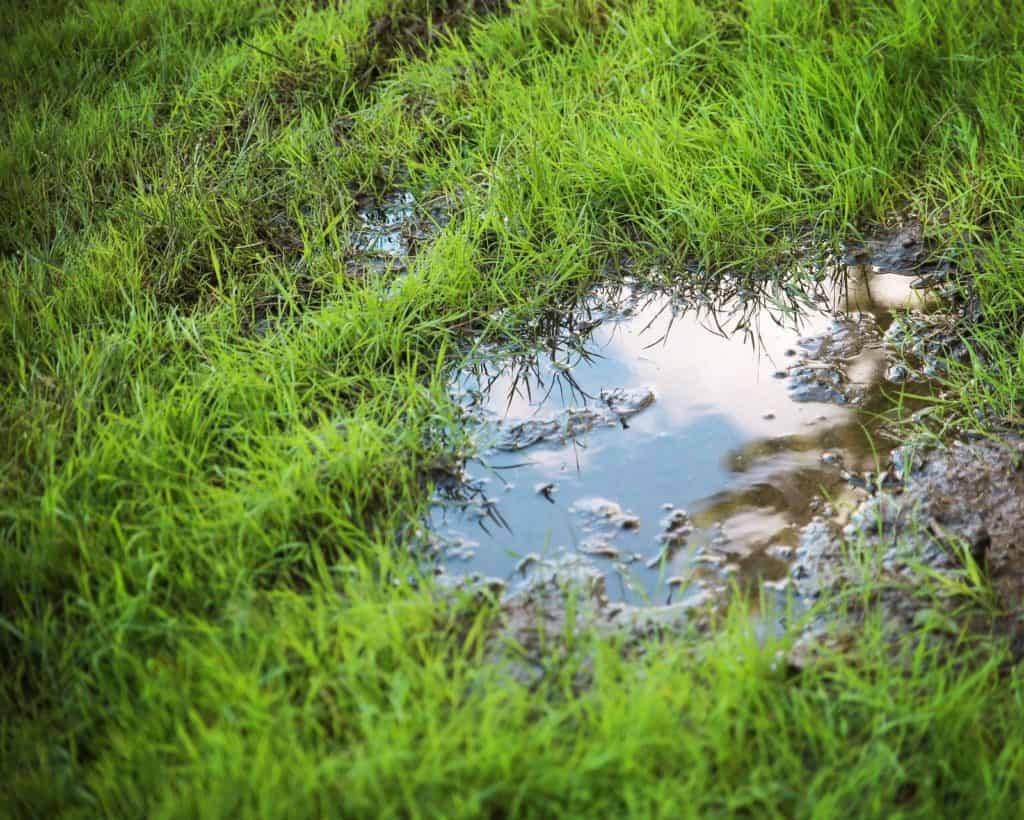
- Water pooling around the perimeter of your home’s foundation. This could lead to leaks or dampness that can promote mold growth in your home.
- The appearance of lumps and bumps from tree roots, removal of shrubs or trees, utility work or damage from animals. This is typically normal wear and tear that occurs over time, taking away from the appearance and usability of your yard.
- Pooling of water on your sidewalks or driveways. This pooling can cause mold and mildew growth, as well as cracking of these surfaces.
- Areas in your yard where mold or fungus tend to grow. These are signs that water may continually pool there. These areas can attract mosquitoes and other water-loving pests that could pose a threat to your family’s comfort and health.
- Areas of your yard that may have become compacted over time from settling or repeated foot traffic. In these areas, you may find that no matter what you do, nothing grow. There may also be patches of dead grass that can’t be revived.
Learn More: How to Identify Landscape Drainage Issues
How is a Yard Graded?
There’s a lot of planning and preparation that goes into
How Much Does a Regrade Cost?
When it comes to the cost of a regrading project, the amount of money you’ll spend depends on several key factors.
Prep Work
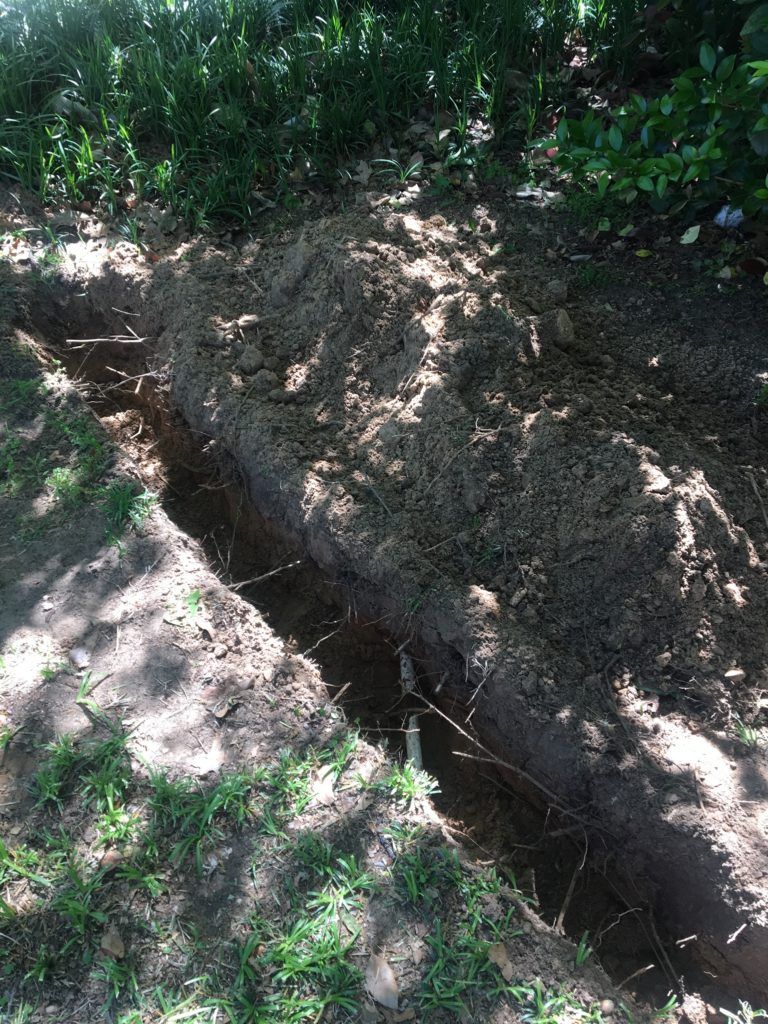
The amount of prep work required ahead of time will have an
The Size and Complexity of the Project
When working to determine yard regrading costs, you have to consider how much work will need to be done. If your yard has a steep slope, that will require more work to correct. The larger the affected area, the more materials are required. The perimeter of the area being regraded will also change the scope of the project and affect the cost. The amount of time, energy, and money required to finish the project will increase as the work involved increases.
Relocating Pipes, Drains and Wires
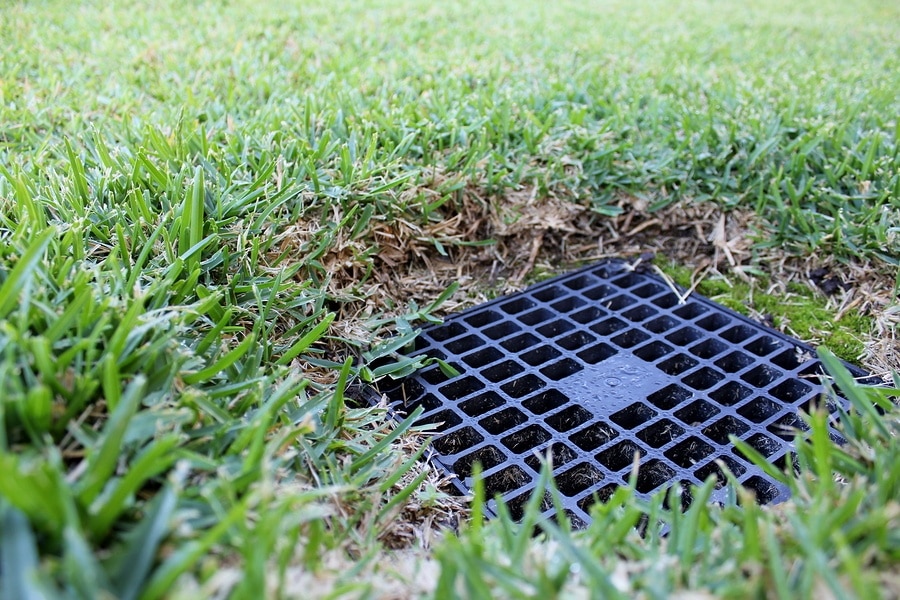
When preparing and surveying your land, the contractor will be looking for the location of your sprinkler system and any other pipes, drains, and wires in your yard that could be damaged or pose a safety issue. In some instances, these can be protected or avoided. In others, they may need to be adjusted or relocated entirely. If this is the case, you could be looking at a fairly significant jump in your overall cost.
Learn More: Pardon My French… Drain
Erosion Issues
When planning a regrading project, it’s important to also consider what happens after the job is done. Any time soil moves, erosion is a concern. Professionals will be able to put plants or man-made braces and retaining walls in place to control erosion and prevent future problems. The amount of work necessary to do this, however, will add to the total cost of the project
Quality of Soil

The size of the yard and the slope of the ground will most likely be obvious considerations for homeowners. But the quality of the yard’s soil is equally important. Loose soil is easier to work with and compacted soil, or soil with an abundance of rocks or boulders, is more complicated. Because of the extra man-hours involved, along with the possibility of needing specialized equipment,
Existing Damage
In some cases, yard regrading is done as a preventative measure. In others, some amount of damage has already been done to a home. Be sure to take home repair costs into account when calculating your total yard regrading costs. For example, if a home’s foundation has already been damaged, that damage will need to be repaired to keep the home up to code and to prevent additional damage after the yard slope is corrected.
Replacing Landscaping
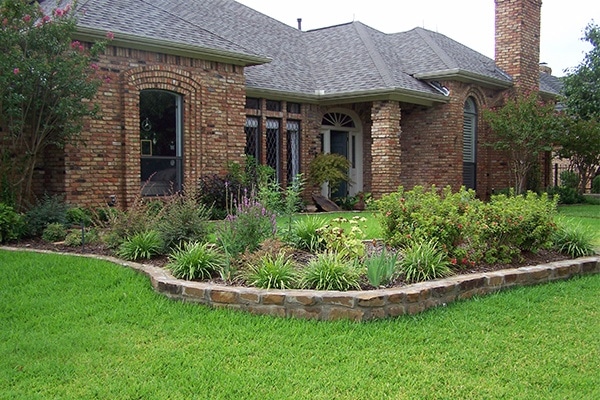
In most
A Project Best Left to Professionals
Regrading a yard is not a project that should be done on your own. It’s best to leave it to skilled and experienced professionals who know just what it takes to get the job done right. When a regrading project is done incorrectly, you could be looking at much bigger problems down the road. Don’t risk it. One of the most frequently asked questions we hear is, “How soon can my drainage project start?” Contact the professionals at Circle D Construction for all of your regrading and drainage needs.
